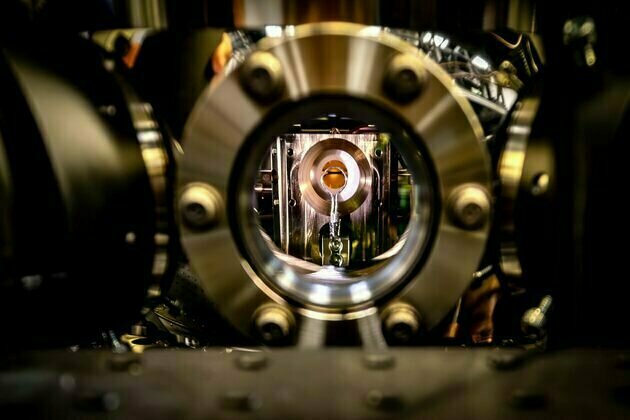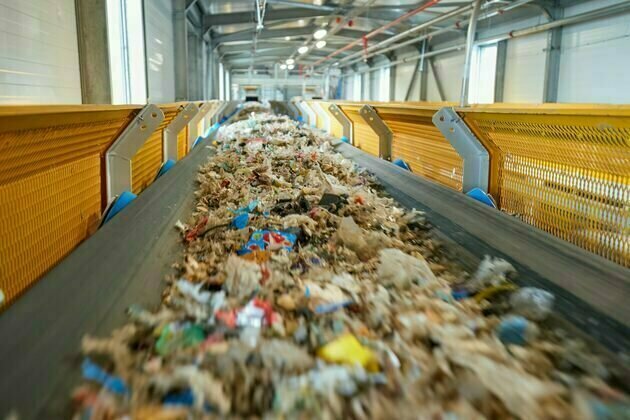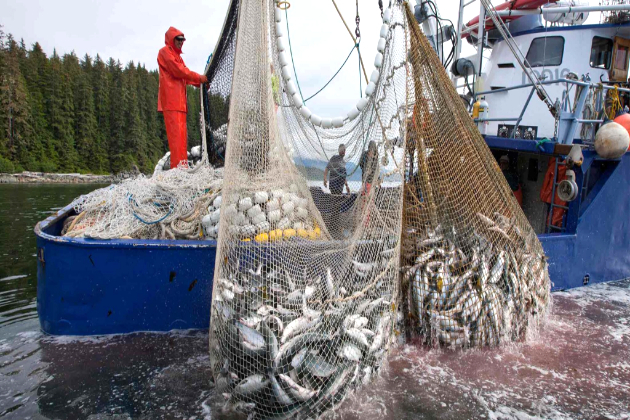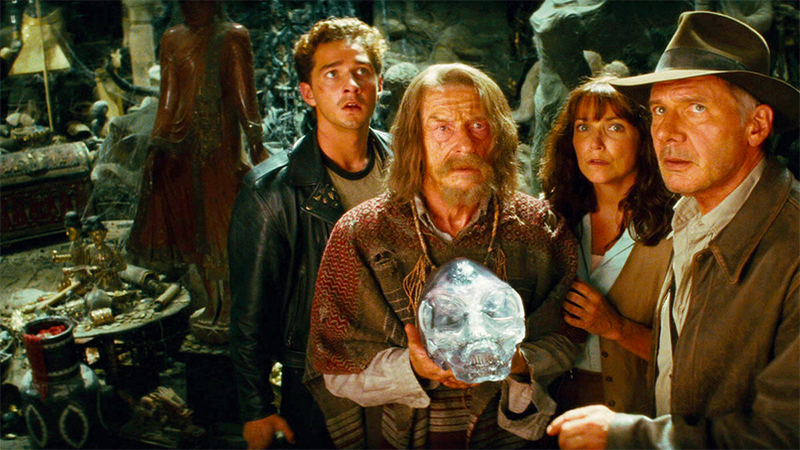Australian researchers use a quantum computer to simulate how real molecules behave
The Conversation
16 May 2025, 04:23 GMT+10

When a molecule absorbs light, it undergoes a whirlwind of quantum-mechanical transformations. Electrons jump between energy levels, atoms vibrate, and chemical bonds shift - all within millionths of a billionth of a second.
These processes underpin everything from photosynthesis in plants and DNA damage from sunlight, to the operation of solar cells and light-powered cancer therapies.
Yet despite their importance, chemical processes driven by light are difficult to simulate accurately. Traditional computers struggle, because it takes vast computational power to simulate this quantum behaviour.
Quantum computers, by contrast, are themselves quantum systems - so quantum behaviour comes naturally. This makes quantum computers natural candidates for simulating chemistry.
Until now, quantum devices have only been able to calculate unchanging things, such as the energies of molecules. Our study, published this week in the Journal of the American Chemical Society, demonstrates we can also model how those molecules change over time.
We experimentally simulated how specific real molecules behave after absorbing light.
We used what is called a trapped-ion quantum computer. This works by manipulating individual atoms in a vacuum chamber, held in place with electromagnetic fields.
Normally, quantum computers store information using quantum bits, or qubits. However, to simulate the behaviour of the molecules, we also used vibrations of the atoms in the computer called "bosonic modes".
This technique is called mixed qudit-boson simulation. It dramatically reduces how big a quantum computer you need to simulate a molecule.
We simulated the behaviour of three molecules absorbing light: allene, butatriene, and pyrazine. Each molecule features complex electronic and vibrational interactions after absorbing light, making them ideal test cases.
Our simulation, which used a laser and a single atom in the quantum computer, slowed these processes down by a factor of 100 billion. In the real world, the interactions take femtoseconds, but our simulation of them played out in milliseconds - slow enough for us to see what happened.
What makes our experiment particularly significant is the size of the quantum computer we used.
Performing the same simulation with a traditional quantum computer (without using bosonic modes) would require 11 qubits, and to carry out roughly 300,000 "entangling" operations without errors. This is well beyond the reach of current technology.
By contrast, our approach accomplished the task by zapping a single trapped ion with a single laser pulse. We estimate our method is at least a million times more resource-efficient than standard quantum approaches.
We also simulated "open-system" dynamics, where the molecule interacts with its environment. This is typically a much harder problem for classical computers.
By injecting controlled noise into the ion's environment, we replicated how real molecules lose energy. This showed environmental complexity can also be captured by quantum simulation.
This work is an important step forward for quantum chemistry. Even though current quantum computers are still limited in scale, our methods show that small, well-designed experiments can already tackle problems of real scientific interest.
Simulating the real-world behaviour of atoms and molecules is a key goal of quantum chemistry. It will make it easier to understand the properties of different materials, and may accelerate breakthroughs in medicine, materials and energy.
We believe that with a modest increase in scale - to perhaps 20 or 30 ions - quantum simulations could tackle chemical systems too complex for any classical supercomputer. That would open the door to rapid advances in drug development, clean energy, and our fundamental understanding of chemical processes that drive life itself.
 Share
Share
 Tweet
Tweet
 Share
Share
 Flip
Flip
 Email
Email
Watch latest videos
Subscribe and Follow
Get a daily dose of Brisbane Star news through our daily email, its complimentary and keeps you fully up to date with world and business news as well.
News RELEASES
Publish news of your business, community or sports group, personnel appointments, major event and more by submitting a news release to Brisbane Star.
More InformationAustralia
SectionJames Anderson ready to lift rock-bottom Lancashire in comeback
New Delhi [India] May 16 (ANI): Ten months after his last Test appearance against the West Indies at Lord's the previous year, England's...
Australian researchers use a quantum computer to simulate how real molecules behave
When a molecule absorbs light, it undergoes a whirlwind of quantum-mechanical transformations. Electrons jump between energy levels,...
Waste-to-energy in Australia: how it works, where new incinerators could go, and how they stack up
Every year, Australia buries millions of tonnes of waste in landfills. But these sites are filling fast, recycling has its own limitations,...
From Chennai to Centurion: Virat Kohli's 5 late career-gems symbolising grit, resillience and trademark kingly dominance
New Delhi [India], May 15 (ANI): Legendary Indian batter Virat Kohli on Monday pulled down the curtains on a 14-year-long, 123 match...
World must speak in one voice to stamp out all forms of terrorism: Lok Sabha Speaker Om Birla
New Delhi [India], May 15 (ANI): Lok Sabha Speaker Om Birla congratulated Milton Dick on his re-election as the Speaker of House of...
Punjab Kings name Kyle Jamieson as a replacement for the injured Lockie Ferguson for remainder IPL 2025
New Delhi [India] May 15 (ANI): Punjab Kings (PBKS) have announced Kyle Jamieson as a replacement for Lockie Ferguson, who is ruled...
International
SectionTrump signs order to cut US drug prices to global levels
WASHINGTON, D.C.: U.S. President Donald Trump signed an executive order this week to lower the cost of prescription drugs in the United...
Citing history, US appeals court upholds ban on gun for felons
PASADENA, California: A U.S. appeals court late last week upheld a federal law that stops felons from owning guns. The court rejected...
Google to pay $1.4 billion in Texas data privacy settlement
MOUNTAIN VIEW, California: Google will pay US$1.4 billion to settle allegations that it unlawfully collected user data in Texas without...
Poland tells Russia to close consulate in Krakow over fire allegations
WARSAW, Poland: Poland has ordered Russia to shut down its consulate in Krakow following allegations that Moscow was involved in a...
Equinor may scrap $2.5 billion Empire Wind project over US delays
NEW YORK CITY, New York: Norwegian energy company Equinor is on the brink of terminating its US$2.5 billion Empire Wind project in...
Trump reopens protected Cape Cod waters to fishing
WASHINGTON, D.C.: On May 9, U.S. President Donald Trump signed an order to reopen nearly 5,000 square miles of protected ocean near...












